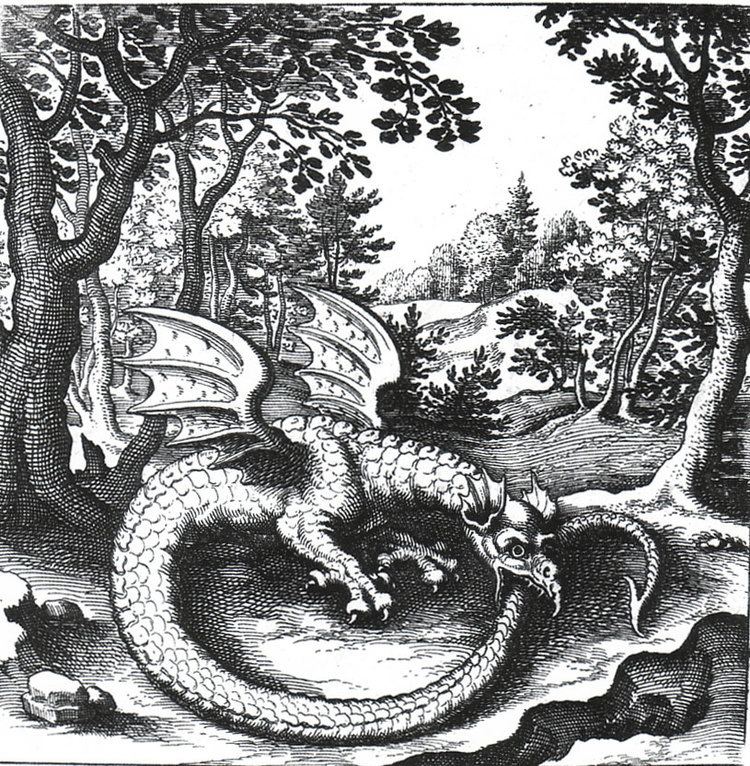 | ||
Self-cannibalism is the practice of eating oneself, also called autocannibalism, or autosarcophagy. A similar term which is applied differently is autophagy, which specifically denotes the normal process of self-degradation by cells. While almost an exclusive term for this process, autophagy nonetheless has occasionally made its way into more common usage.
Contents
As a natural occurrence
A certain amount of self-cannibalism occurs unwittingly, as the body consumes dead cells from the tongue and cheeks. Ingesting one's own blood from an unintentional lesion such as a nose-bleed or an ulcer is clearly not intentional harvesting and consequently not considered cannibalistic.
As a disorder or symptom thereof
Fingernail-biting that develops into fingernail-eating is a form of pica, although many do not consider nail biting as a true form of cannibalism. Other forms of pica include the compulsion of eating one's own hair, which can form a hairball in the stomach.
As a choice
Some people will engage in self-cannibalism as an extreme form of body modification, for example eating their own skin. Others will drink their own blood, a practice called autovampirism, but sucking blood from wounds is generally not considered cannibalism. Placentophagy may be a form of self-cannibalism.
As a crime
Forced self-cannibalism as a form of torture or war crime has been reported. Erzsébet Báthory allegedly forced some of her servants to eat their own flesh in the early 17th century. Incidents were reported in the years following the 1991 Haitian coup d'état. In the 1990s young people in Sudan were forced to eat their own ears.
Among animals
The short-tailed cricket is known to eat its own wings. There is evidence of certain animals digesting their own nervous tissue when they transition to a new phase of life. The sea squirt (with a tadpole-like shape) contains a ganglion "brain" in its head, which it digests after attaching itself to a rock and becoming stationary, forming an anemone-like organism. This has been used as evidence that the purpose of brain and nervous tissue is primarily to produce movement. Self-cannibalism behavior has been documented in North American rat snakes: one captive snake attempted to consume itself twice, dying in the second attempt. Another wild rat snake was found having swallowed about two-thirds of its body.
